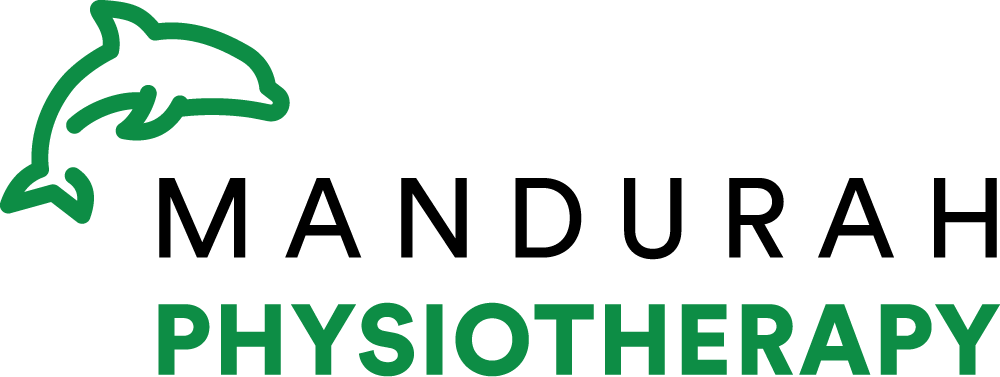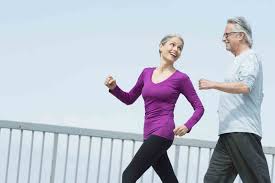We believe exercise is important. Previously it was thought that once you retired inactivity was acceptable. It’s now recognized that activity is beneficial throughout our journey. Our bodies are designed to exercise every day. In fact, if we don’t exercise, just as if we don’t eat, our body literally starts to break down and all sorts of problems emerge e.g. heart, bone/osteoporosis, depression, balance. mobility and lots more.
It is a well-known fact that the way to fitness and good health is a well-balanced diet and regular physical activity. This is especially true and important for the elderly. Recent studies have shown that physical exercise in the twilight years adds quality and vitality to life. One major concern among a lot of people who don’t exercise is the fear of overdoing it and risking injury, especially as we get older. This concern is valid but should not hinder from reaping the benefits of what a carefully planned and professionally assessed program has to offer. It is important to remember that young or old – we are supposed to exercise within the boundaries of the body’s current level of tolerance.
What should we be doing? Most research shows that we should be exercising 2-3 times weekly for a minimum of 20 – 30 minutes. This will vary depending on what type of exercise and what intensity it is. For example with moderate walking then a reasonable goal could be 40-50 minutes per session. If high-intensity cycling is the activity then 20 minutes may be sufficient. There are 2 types of systems that the body uses to create energy:
AEROBIC EXERCISE:
• Exercise with the use of Oxygen
• This type of exercise makes you puff
• It trains the cardio/vascular system
• Examples: brisk walking, cycling
• Exercise must be for a minimum of 15 minutes to be aerobic
ANAEROBIC EXERCISE:
• Exercising without Oxygen
• Gives you short bursts of energy before the aerobic system comes in
• E.g. squash (stop-start), gym work, weightlifting etc.
Whenever we start to walk we use our anaerobic system until the aerobic system starts to kick in. Anaerobic training is often used for specific functions e.g. muscle strength, osteoporosis bone building etc. Both types of exercise are beneficial although aerobic exercise is very important for full health i.e. cardiovascular health.
How to get motivated? Join a class or train with others. Make sure the class is appropriate for what is needed and caters for specific needs. If there are medical issues, assessment by a qualified professional such as a physiotherapist is recommended. There are various classes available e.g. aqua-aerobics, prime movers, hash house harriers (runners). Classes need to be specific to the needs of each individual. A client who has degeneration of the knees and a total hip replacement needs a specific program to incorporate all the areas of concern. Physiotherapists often have clients who haven’t exercised for a while and just want a general fitness program. They can be given guidelines on what to avoid and what to focus on. It can be a lot easier to exercise with others when there is the social aspect of meeting other people while doing the task.
With gym training, there are many gyms and clubs around currently offering competitive fitness deals. Find someone who understands specific medical history so damage is not done. It may be worth getting knowledgeable advice from your physiotherapist on this. Our clinics run small strength training groups for the older person or those suffering specific medical conditions such as osteoporosis, arthritis etc. Exercise programs are written by a qualified physiotherapist so that they are specific to the client’s needs, and training occurs for a one-hour period. The classes are small so that the instructor can give individual attention to everybody whilst still being able to keep the price low. The advantage in a small class is that you are guided throughout the entire training session and supervised. There are also social aspects as well, which include encouragement, friendship, and stamina. It is always easiest to train with someone than to try to train independently especially when you’re in pain. This type of class is very appropriate for the older person even if there is no gym experience at all. Other options involve just getting specific advice on an appropriate program and train independently. The regularity with a training regime is important to obtain best results. At least 2-3 times a week is a general guideline.
Too much exercise can decrease hormones needed for good bone health. Moderate controlled exercise is the key.
Bodies respond to the demands and stresses placed on them. Humans were designed to exercise throughout our entire life. Just as we try to watch what we eat we should try to exercise appropriately. So enjoy your exercise, keep your body as active as you can and live your life to the full. Our Physiotherapy clinic runs strength programs, hydrotherapy and clinical pilates classes which are great for keeping bodies active. Ring our front desk for details and bookings.

